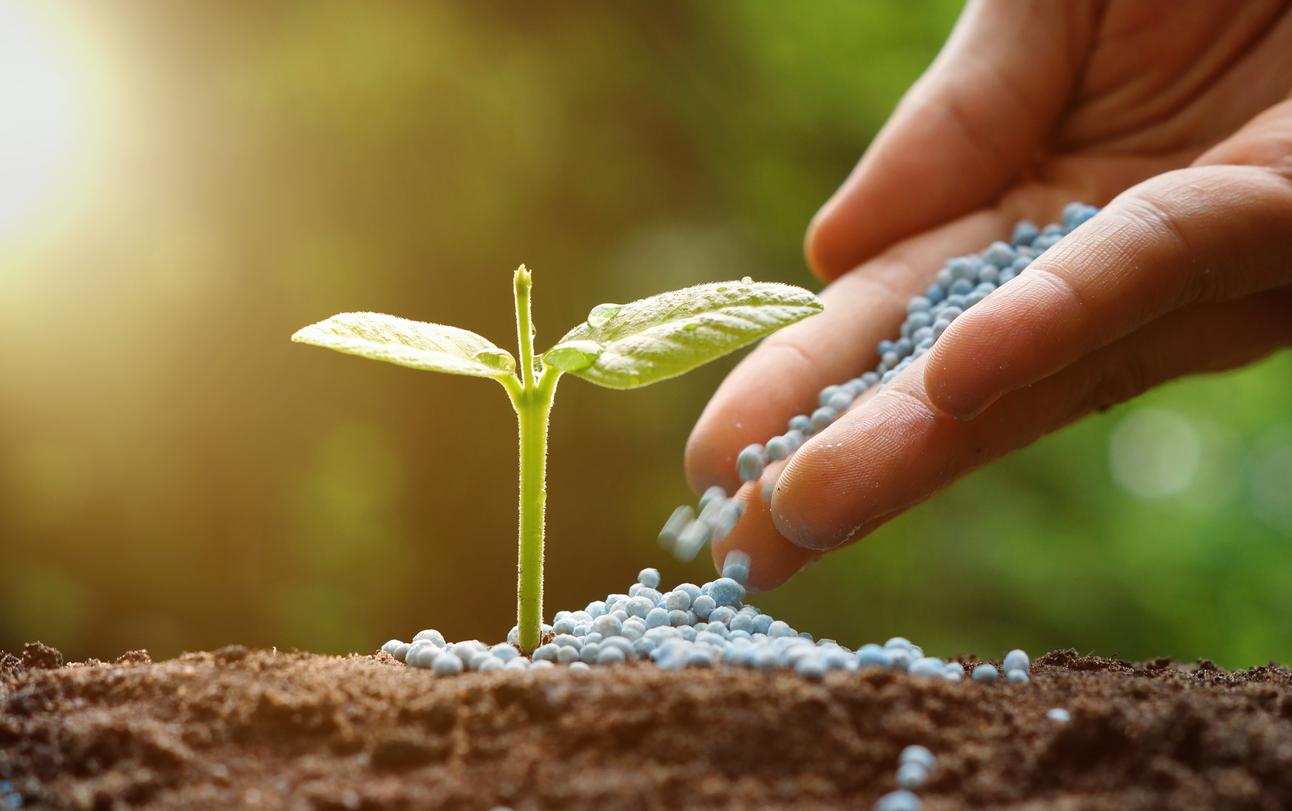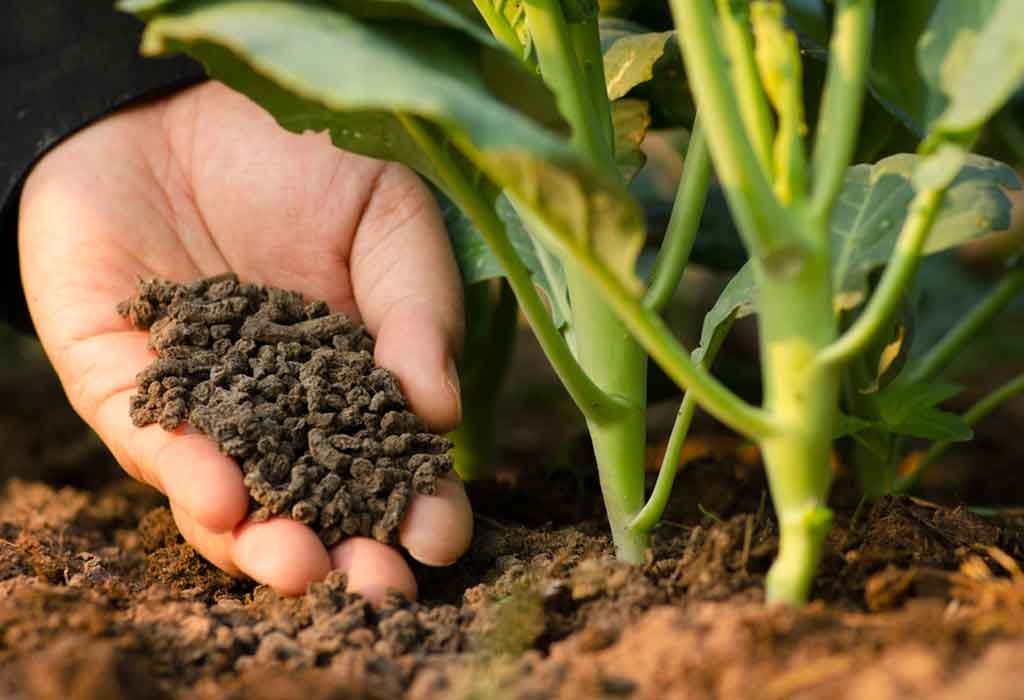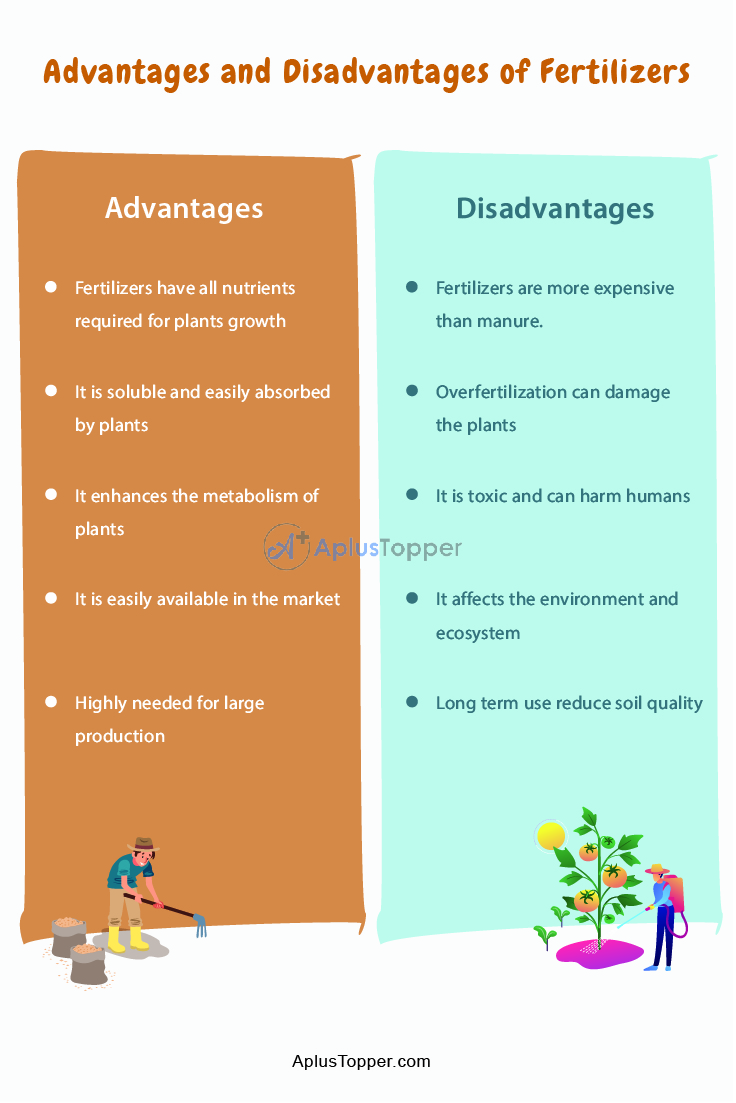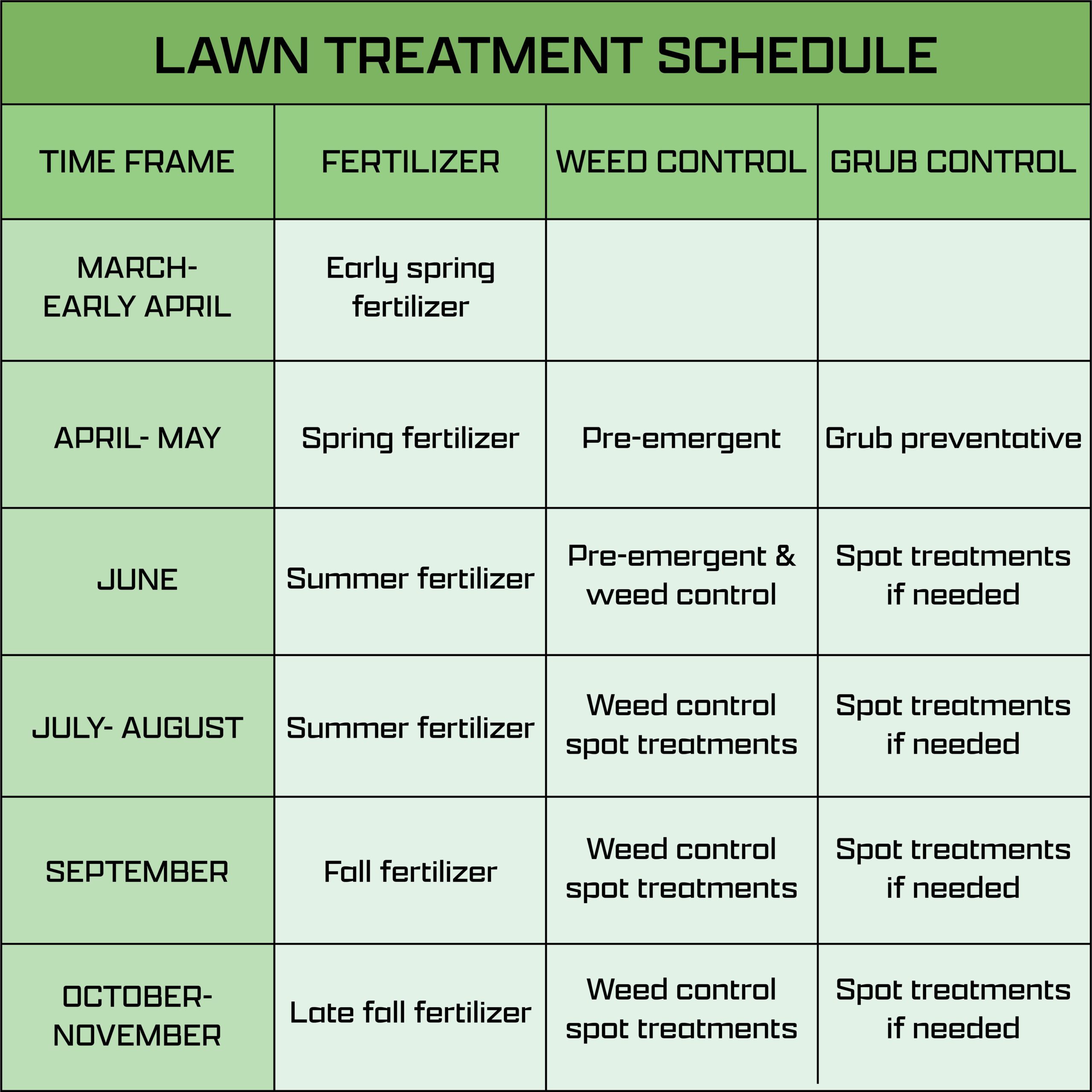The Significance of Proper Nourishment: Ensuring Vibrant Annuals in Pots
When it comes to cultivating visually appealing and thriving annual flowers in pots, the significance of using top-tier nutrients cannot be overstated. High-quality fertilizers specifically formulated for annuals in containers provide the essential macronutrients and micronutrients necessary for optimal growth and abundant blooming. By understanding the importance of these nutrients, gardeners can make informed decisions when selecting the best fertilizer for their annuals in pots, ultimately contributing to the overall health and vitality of the plants.
Understanding Fertilizer Composition: N-P-K Ratios and Micronutrients
When selecting the best fertilizer for annuals in pots, it is crucial to comprehend the composition of fertilizers and the role of various nutrients in plant growth. Fertilizers typically contain three primary macronutrients—nitrogen (N), phosphorus (P), and potassium (K)—represented as N-P-K ratios on product labels. These ratios indicate the percentage of each nutrient in the fertilizer, guiding gardeners in choosing the most suitable option for their annual flowers.
Nitrogen promotes leafy growth and green color in plants, while phosphorus encourages robust root development and abundant blooming. Potassium, on the other hand, enhances overall plant health, disease resistance, and stress tolerance. By understanding these nutrients’ functions, gardeners can make informed decisions when choosing fertilizers that cater to their annuals’ specific growth habits and environmental conditions.
Moreover, micronutrients, such as calcium, magnesium, sulfur, and trace elements like iron, manganese, zinc, copper, boron, and molybdenum, also play vital roles in annual flower growth. Although required in smaller quantities, micronutrients contribute to various physiological processes, including enzyme activation, chlorophyll production, and lignin synthesis. High-quality fertilizers often contain a balanced blend of micronutrients to support optimal annual flower growth and blooming in pots.
How to Choose the Best Fertilizer for Your Annuals: A Step-by-Step Guide
Selecting the best fertilizer for annuals in pots involves careful consideration of various factors that influence plant growth and development. By following this step-by-step guide, gardeners can ensure they are providing their annuals with the optimal nutrients needed for lush, vibrant growth and abundant blooming.
-
Identify Your Annual Flowers: Begin by determining the specific annual flower types in your pots. Different annuals have unique nutritional requirements, so understanding the needs of each variety is essential when choosing a fertilizer.
-
Assess Growth Habits: Consider the growth habits of your annuals. For instance, plants that grow quickly or produce large, lush foliage may require higher nitrogen levels, while those that focus on blooming may benefit from a phosphorus-rich fertilizer.
-
Evaluate Environmental Conditions: Take into account the environmental conditions in which your annuals are grown, such as sunlight exposure, temperature, and humidity. These factors can influence the nutrients your annuals need to thrive.
-
Read Product Labels: Carefully examine fertilizer product labels to understand the N-P-K ratios and micronutrient content. Select a fertilizer that aligns with the needs of your annuals and the specific growing conditions.
-
Consider Additional Features: Some fertilizers offer additional features, such as slow-release formulas, water-soluble granules, or liquid concentrates. Choose a product that suits your gardening style and schedule.
By understanding the specific needs of your annuals and the role of various nutrients in their growth, you can confidently select the best fertilizer for annuals in pots. This targeted approach will contribute to the overall health and vitality of your plants, ensuring a stunning display of vibrant annual flowers throughout the growing season.
Top Fertilizer Recommendations for Annual Flowers in Containers
With a wide variety of fertilizers available on the market, selecting the best fertilizer for annuals in pots can be an overwhelming task. To simplify the process, we have curated a list of top-performing fertilizers, each with unique features and benefits to cater to various gardener preferences and annual flower types.
Miracle-Gro Water Soluble All Purpose Plant Food
This water-soluble fertilizer offers a balanced N-P-K ratio, making it suitable for various annual flower types. Its quick-release formula ensures rapid nutrient uptake, promoting vigorous growth and abundant blooming.
Jobe’s Organics Granular Fertilizer
For gardeners seeking organic options, Jobe’s Organics Granular Fertilizer is an excellent choice. This slow-release fertilizer contains beneficial bacteria and mycorrhizal fungi, enhancing soil fertility and plant health.
Jack’s Classic Jump Start Water Soluble Fertilizer
Jack’s Classic Jump Start Water Soluble Fertilizer is designed for seedlings and young annuals. Its high phosphorus content encourages robust root development and prolific blooming, ensuring a strong start for your annual flowers.
Espoma Flower-Tone Granular Fertilizer
Espoma Flower-Tone Granular Fertilizer is a long-lasting, organic option with a 5-3-3 N-P-K ratio. This slow-release formula promotes continuous blooming and enhances overall plant health, making it ideal for annuals in pots.
Dr. Earth Exotic Blend Fertilizer
Dr. Earth Exotic Blend Fertilizer is a premium, organic choice for gardeners who prioritize sustainability and environmentally-friendly practices. This blend contains probiotics, ectomycorrhizae, and endomycorrhizae, fostering a healthy soil ecosystem and supporting optimal annual flower growth.
By considering these top fertilizer recommendations for annuals in pots, gardeners can make informed decisions when selecting the best products for their plants. A well-chosen fertilizer, combined with proper application techniques and ongoing monitoring, will contribute to the overall health and vitality of annual flowers, ensuring a stunning display of vibrant blooms throughout the growing season.
Organic vs. Synthetic Fertilizers: Weighing the Pros and Cons
When selecting the best fertilizer for annuals in pots, gardeners often face the decision between organic and synthetic options. Each type has its advantages and disadvantages, and understanding these can help gardeners make informed choices based on their preferences and the specific needs of their annual flowers.
Organic Fertilizers
Organic fertilizers are derived from natural sources, such as plant and animal materials, and are often favored by gardeners who prioritize sustainability and environmental stewardship. Key advantages of organic fertilizers include:
- Slow-release nutrients: Organic fertilizers typically release nutrients gradually, promoting steady growth and reducing the risk of over-fertilization.
- Soil health: Organic fertilizers contribute to soil health by fostering a diverse soil ecosystem and improving soil structure.
- Environmental impact: Organic fertilizers have a lower environmental impact, as they do not contribute to nutrient runoff and water pollution like synthetic fertilizers can.
However, organic fertilizers may have some drawbacks, such as higher cost, inconsistent nutrient content, and slower response times compared to synthetic options.
Synthetic Fertilizers
Synthetic fertilizers are chemically manufactured to provide specific nutrients in concentrated forms. They offer several benefits, including:
- Consistent nutrient content: Synthetic fertilizers provide consistent nutrient levels, allowing for precise control over plant nutrition.
- Immediate nutrient availability: Synthetic fertilizers release nutrients quickly, providing immediate nourishment for annual flowers.
- Cost-effectiveness: Synthetic fertilizers are generally more affordable than organic options, making them accessible to a wider range of gardeners.
Despite these advantages, synthetic fertilizers can have drawbacks, such as potential harm to the environment, reduced soil health, and a higher risk of over-fertilization due to their rapid nutrient release.
Ultimately, the choice between organic and synthetic fertilizers for annuals in pots depends on gardener preferences, environmental concerns, and the specific needs of the annual flowers. By understanding the pros and cons of each option, gardeners can make informed decisions that support the health and vitality of their annuals, ensuring a stunning display of vibrant blooms throughout the growing season.
Special Considerations for Annuals in Pots: Addressing Common Challenges
Growing annuals in pots presents unique challenges that can impact plant health and fertilization strategies. By understanding these challenges and implementing appropriate fertilizer-related solutions, gardeners can promote optimal growth and abundant blooming in their container annuals.
Limited Root Space
Annuals in pots have limited root space, which can lead to restricted nutrient uptake and slower growth. To address this challenge, consider using slow-release or water-soluble fertilizers, which provide a consistent supply of nutrients over time. Additionally, ensure that pots have adequate drainage holes to prevent waterlogging and root rot, which can further hinder nutrient uptake.
Waterlogging
Overwatering or poor drainage can result in waterlogging, which can lead to nutrient leaching and oxygen deprivation in the root zone. To prevent waterlogging, use well-draining potting mixes and ensure that pots have sufficient drainage holes. When watering, allow the top inch of soil to dry out between waterings to reduce the risk of waterlogging and nutrient leaching.
Nutrient Leaching
Frequent watering or heavy rainfall can cause nutrients to leach from the potting mix, leading to deficiencies and reduced plant health. To minimize nutrient leaching, use potting mixes with good water-holding capacity and incorporate slow-release fertilizers or water-soluble fertilizers with controlled-release granules. Regularly monitor soil moisture levels and adjust watering schedules accordingly to prevent excessive leaching.
Temperature and Light Influence
Temperature and light conditions can impact nutrient availability and plant uptake. Cooler temperatures and low light levels can slow plant growth and reduce nutrient demand, while warmer temperatures and high light levels can increase nutrient requirements. Adjust fertilization schedules and nutrient concentrations based on the specific needs of each annual variety and the environmental conditions in which they are grown.
By addressing these common challenges and implementing appropriate fertilizer-related solutions, gardeners can promote optimal growth and abundant blooming in their container annuals. Regularly monitoring annual flower health and adjusting fertilization strategies as needed will contribute to the overall success of growing annuals in pots, ensuring a stunning display of vibrant blooms throughout the growing season.
Maximizing Fertilizer Efficiency: Tips and Tricks for Annual Flower Care
To ensure the best possible results when using fertilizers for annual flowers in pots, it is essential to employ proper application techniques, scheduling, and monitoring. By following these tips and tricks, gardeners can maximize fertilizer efficiency, promote optimal growth, and enjoy abundant blooming throughout the growing season.
Proper Application Techniques
When applying fertilizers, follow the manufacturer’s instructions carefully to avoid over- or under-fertilizing. For water-soluble fertilizers, ensure even distribution by applying the solution around the base of the plant, avoiding direct contact with the plant stem. For granular fertilizers, spread the granules uniformly over the potting mix surface, and water the pot thoroughly to encourage nutrient absorption.
Scheduling and Monitoring
Establish a fertilization schedule based on the specific needs of each annual variety and the type of fertilizer used. Monitor annual flower health regularly, checking for signs of nutrient deficiencies or toxicities. Adjust the fertilization schedule and nutrient concentrations as needed to maintain optimal growth and blooming.
Soil Testing
Periodically test the potting mix to determine its nutrient content and pH level. Soil testing kits are available at most garden centers and can help gardeners identify any nutrient imbalances or pH issues that may be impacting annual flower health. Based on the test results, adjust fertilization strategies accordingly to maintain optimal growing conditions.
Combining Fertilizers
In some cases, combining different types of fertilizers (e.g., organic and synthetic) can provide a balanced nutrient supply and improve overall fertilizer efficiency. When combining fertilizers, ensure that the nutrient ratios and release patterns are compatible and that the combined products do not exceed the recommended application rates.
By following these tips and tricks for maximizing fertilizer efficiency, gardeners can ensure that their annual flowers in pots receive the proper nourishment needed for optimal growth and abundant blooming. Regular monitoring, adjusting fertilization strategies, and maintaining proper application techniques will contribute to the overall health and vitality of annual flowers, ensuring a stunning display of vibrant blooms throughout the growing season.
Monitoring and Adjusting Your Fertilization Strategy: A Continuous Process
Fertilization management is an ongoing process that requires patience, persistence, and continuous learning. By regularly monitoring annual flower health and adjusting fertilization strategies as needed, gardeners can ensure that their annuals in pots receive the proper nourishment for optimal growth and abundant blooming. Here, we discuss the importance of this continuous process and offer guidance on how to maintain lush, vibrant annuals in pots.
Regular Monitoring
To ensure the best possible results when using fertilizers for annual flowers in pots, it is essential to monitor plant health regularly. Look for signs of nutrient deficiencies or toxicities, such as yellowing leaves, stunted growth, or poor blooming. Adjust your fertilization strategy as needed based on your observations and the specific needs of each annual variety.
Patience and Persistence
Fertilization management is a long-term process that requires patience and persistence. It may take time to find the optimal fertilization strategy for each annual variety and growing condition. Be prepared to experiment with different fertilizers, application techniques, and schedules to achieve the best possible results.
Ongoing Learning
Stay informed about the latest developments in fertilizer technology, annual flower varieties, and best practices for container gardening. Attend workshops, read gardening books and articles, and engage with other gardeners to expand your knowledge and improve your fertilization management skills.
Continuous Adjustment
Fertilization strategies should be continuously adjusted based on changes in environmental conditions, annual flower growth stages, and other factors. Regularly reassess your fertilization plan and make adjustments as needed to maintain optimal growing conditions and promote the health and vitality of your annuals in pots.
By embracing the continuous nature of fertilization management, gardeners can ensure that their annual flowers in pots receive the proper nourishment needed for optimal growth and abundant blooming. Regular monitoring, patience, persistence, and ongoing learning will contribute to the overall success of growing annuals in pots, ensuring a stunning display of vibrant blooms throughout the growing season.








